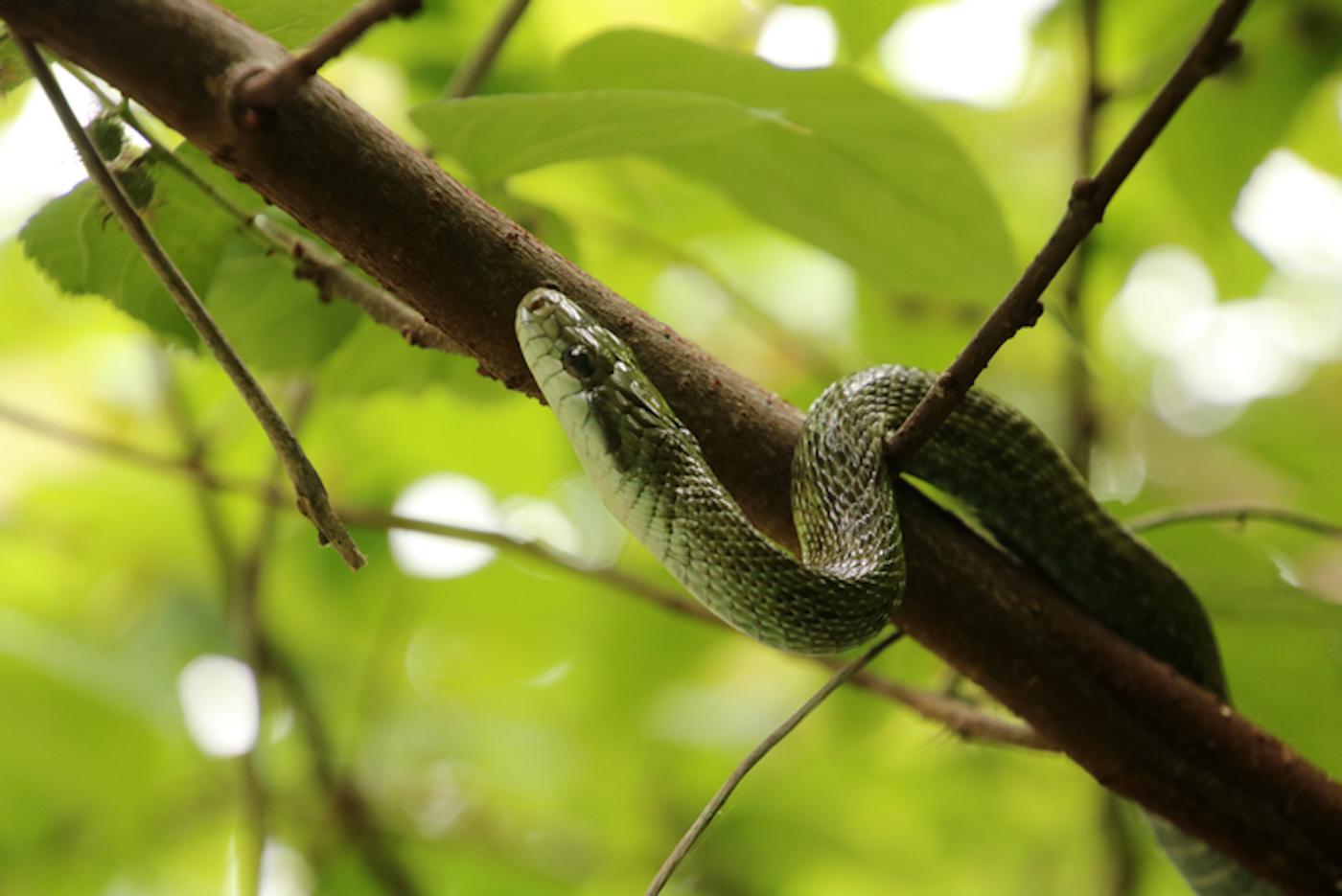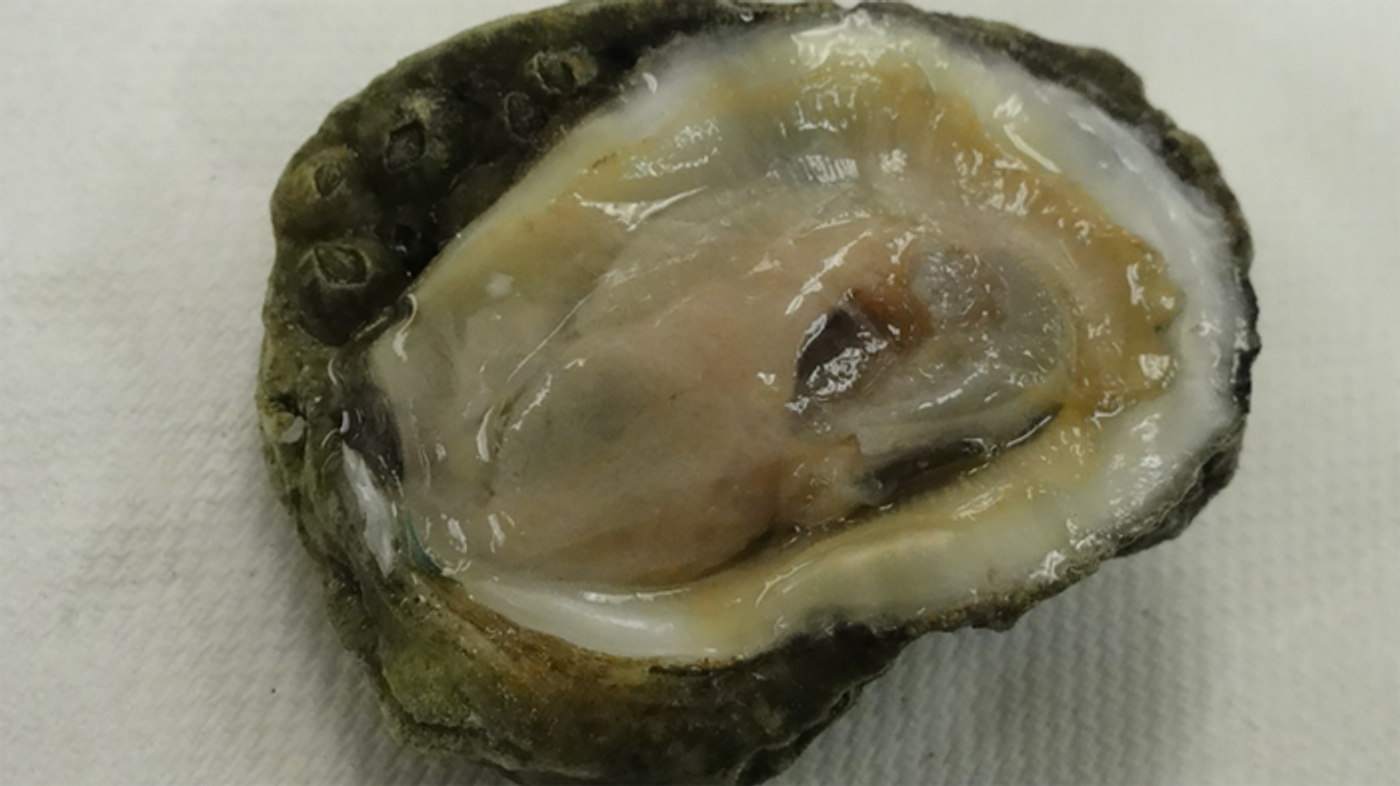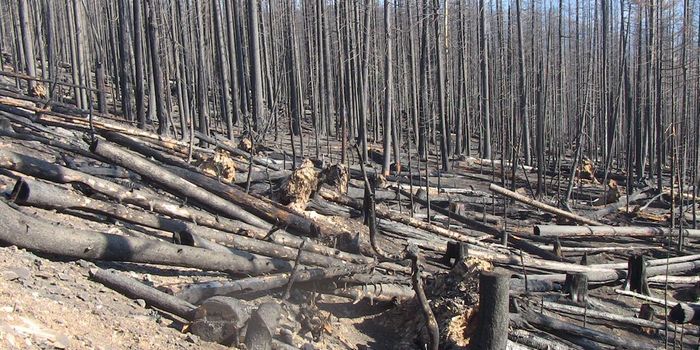How Have the Fukushima & Deepwater Horizon Disasters Impacted Wildlife?
Two new, unrelated studies have examined how very different environmental disasters affected wildlife in the areas where they occurred. One was the nuclear accident that happened in Fukushima, Japan after a magnitude 7.1 earthquake and the resulting tsunami on March 11, 2011. Massive amounts of radiation were released and three employees at the reactor died, but the radiation itself is not thought to have caused any deaths at this point. The other is the Deepwater Horizon BP oil spill that began on April 10, 2010 after a drilling rig exploded in the Gulf of Mexico, USA. Eleven people died and about 168 million gallons of oil flowed into the Gulf of Mexico over the course of 87 days.
According to the authors of a report in Environment International, the long-term effects of the nuclear reactor accident and radiation release don't seem to be as detrimental as many thought. The researchers even suggested that people may be able to move back to area with little risk to their health. The fieldwork for this study was conducted between 2016 and 2018. During that time, the level of one of the primary radionucleotides that was released during the accident, cesium-134, was reduced by about 90 percent because it has a short half-life.
When the researchers analyzed DNA from wild animals that lived in the Fukushima exclusion zone, they did not find genetic evidence of stress. That may be evidenced by telomere shortening, but that wasn't seen in the animals that were assessed, wild boar and snakes. The animals also did not have higher than normal levels of the stress hormone cortisol.
“If the boar were stressed, we would see telomeres shortening,” said senior study author and Colorado State University Professor Susan Bailey. “We didn’t see any changes related to radiation dose, and we didn’t see it in the snakes either.” Bailey's work has involved assaying genetic damage due to radiation exposure.
The disaster caused by BP's Deepwater Horizon seems to be a different story. While the immediate effects of an oil spill are obviously terrible for an ecosystem, not much research has examined how these spills influence local biology over time. Reporting in PLOS One, scientists focused on oysters in their study; these animals are well known for their filtration abilities.
Comparing oysters from the Gulf Coast to oysters from those on the East Coast's Chesapeake bay, the researchers found marked changes in Gulf Coast oysters. The gills of Gulf oysters lacked an important structure called cilia. Though the oysters had this major loss, they were still surviving somehow, suggesting that they've founds a way to adapt, said the researchers.
The oysters also had far higher rates of metaplasia. Metaplasia can cause serious abnormalities in tissue, and is found in organisms that have been subjected to environmental stresses. Metaplastic cells can lose their specialized identity, and stop functioning as they should.
“In humans, metaplasia is commonly found in lung cells exposed to the extreme stress of cigarette smoke,” said lead study author and Nova Southeastern University Professor Deanne Roopnarine, DPM.
“It’s worrying to find such a high incidence of metaplasia,” said study co-author Peter Roopnarine, PhD. “Eastern oysters are not only a major link in the ecosystem’s food chain, they are also ecosystem engineers, forming oyster reefs that shelter other organisms and protect coastal areas from storm surges.”
Sources: Colorado State University, California Academy of Sciences, Environment International, PLOS One










